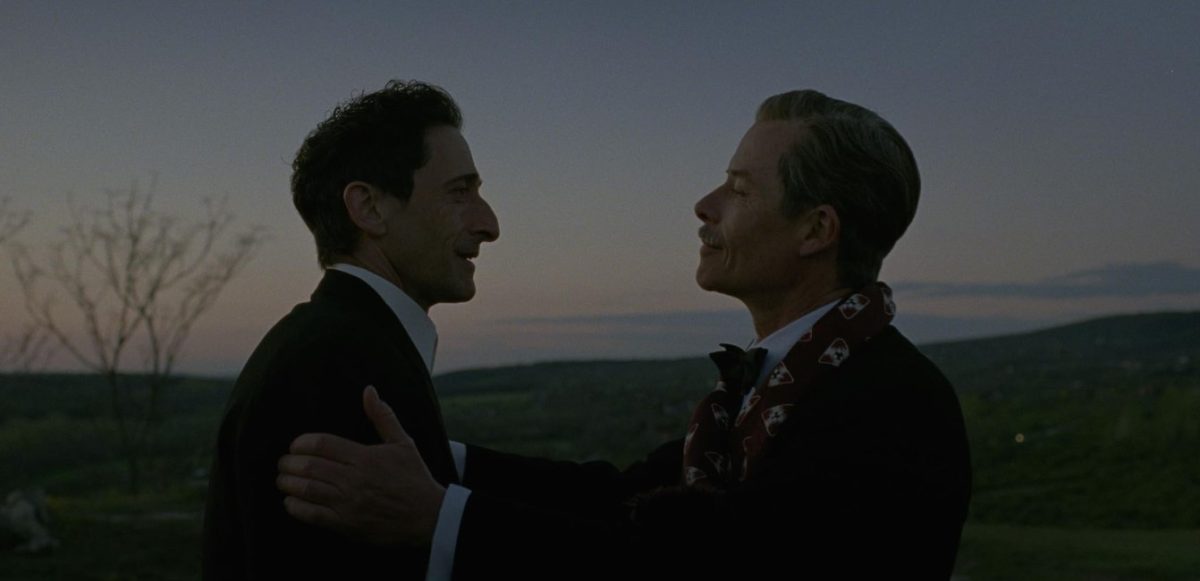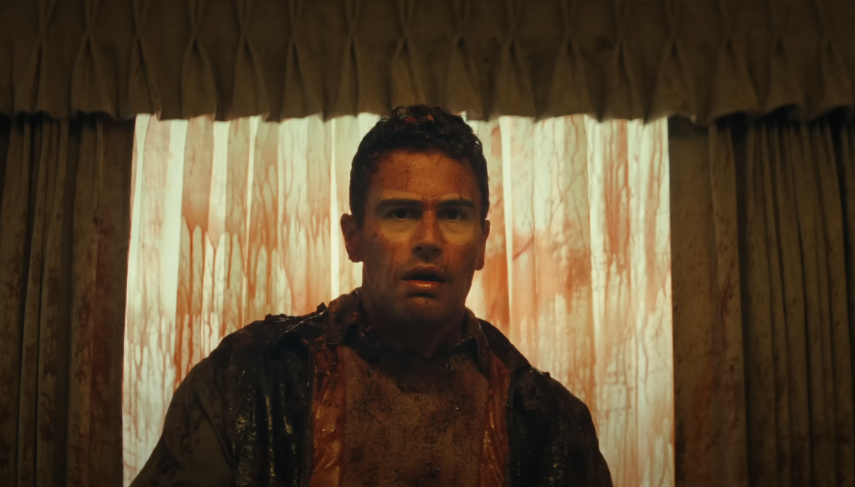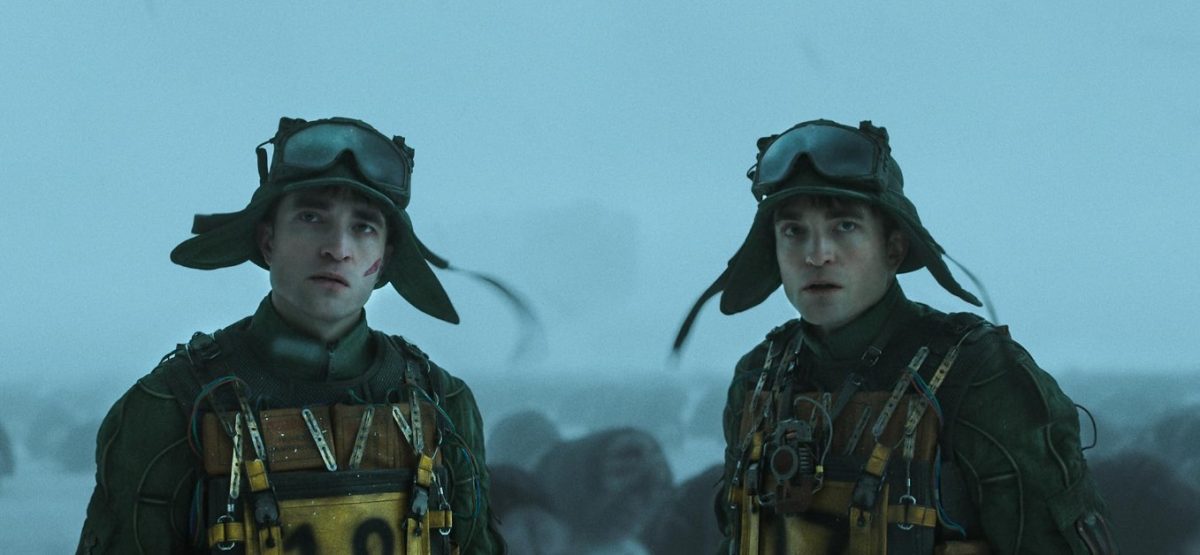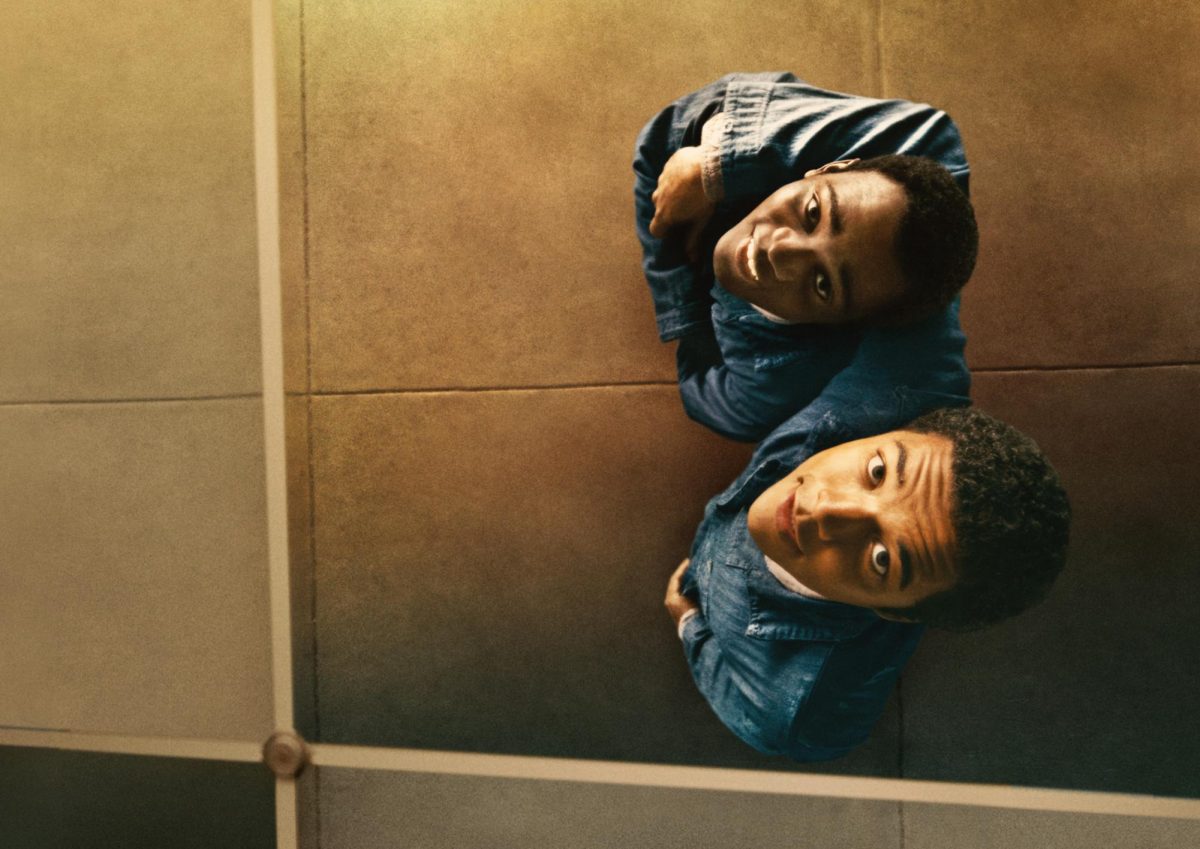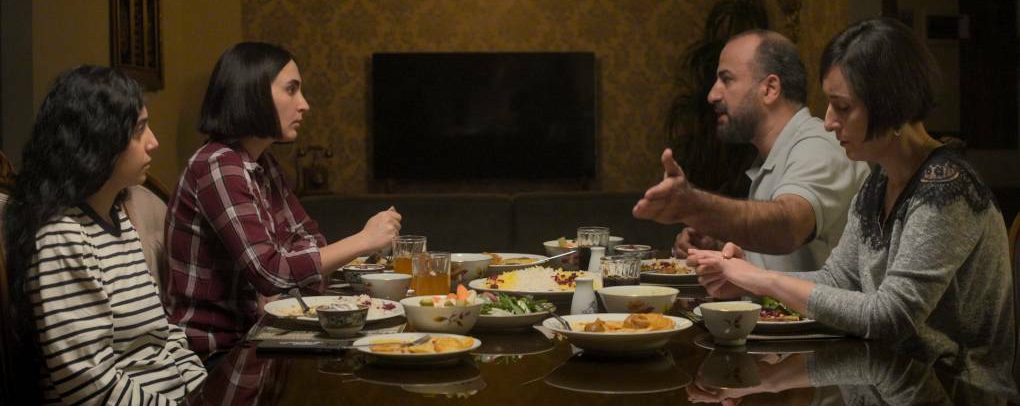Few modern-day epics feel so uncannily plucked from another era as Brady Corbet’s The Brutalist. It’s as though Francis Ford Coppola had turned in another towering American saga like The Godfather, rather than an incoherent cinematic abomination like Megalopolis. Whereas Megalopolis wasted its self-financed $120 million budget on jarringly hideous CGI and garish greenscreen, The Brutalist only needed a meager $10 million (!), yet still feels just as polished and expensive as the 1970s/80s-era classics (namely, Once Upon a Time in America) that clearly inspired Corbet’s vision. Much like the architectural movement it’s named after, The Brutalist is incredibly imposing at first glance, clocking in around 3.5 hours with a 15-minute intermission evenly dividing the film’s two halves. Nevertheless, The Brutalist explores the American Dream through refugee eyes with such captivating ambition, the intimidating runtime seems to pass by with remarkable swiftness. Even if Corbet’s obvious reach to create a masterpiece falls just short of his actual grasp, what he has crafted is breathtaking all the same.
The Brutalist’s propulsive first half follows the persistent uphill journey of our protagonist, László Tóth. Brought to life through Adrien Brody’s stunning performance, Tóth is a Hungarian-Jewish Holocaust survivor resigned to being a lowly coal worker after emigrating to the United States, before a rich industrialist, Harrison Lee Van Buren (Guy Pearce), offers him the opportunity of a lifetime. Tóth, as it turns out, was a skilled foreign architect before moving to America, which inspires Buren to commission him for building a towering community center. As his time with Buren passes, however, their professional relationship gradually harbors a sinister undercurrent. It soon grows unclear if Buren sees Tóth as someone to respect or abusively take advantage of, especially as the former’s xenophobia rears its ugly head. Before long, that uneasiness suddenly reaches a horrifying fever pitch, taking Tóth’s journey in unexpected directions that become sharply polarizing.
In the eyes of many, The Brutalist’s second half is what makes or breaks the entire film. It’s the real tipping point of this grand rise-and-fall story, with the protagonist’s steady climb towards success being catastrophically shaken. This isn’t an inherently bad method of storytelling, since many brilliant Scorsese classics (Goodfellas, The Wolf of Wall Street) are also structured this way, but what’s slightly frustrating is how The Brutalist approaches these elements. If the first half was relatively subtle in how it tackled the weighty themes at play, the second half turns far too heavy-handed to a fault, with Buren’s domineering cruelty being overbearingly demonstrated through one very disturbing act.
For a 3.5-hour movie otherwise remaining so meticulous in its patient storytelling, what’s also bewildering is how abruptly The Brutalist’s back half comes to a close, with Tóth’s full character arc perhaps left unfulfilled. Following this is an epilogue which feels outright puzzling, nearly undoing everything the film had accomplished beforehand. As if much of The Brutalist’s second half didn’t already feel on-the-nose enough, this section features an important character spelling out all the story’s deeper themes in a speech they’re delivering, as though we’d be completely unable to grasp them otherwise. No matter what Corbet was going for, it feels patronizing to end the film by spoon-feeding the audience like this, especially for an epic otherwise positioning itself as mature and thought-provoking.
While not everything in The Brutalist’s narrative fully sticks the landing, Corbet’s technical craftsmanship is undeniably outstanding. Shot in a widescreen variant of 35mm film known as “VistaVision,” there’s so much careful attention to detail in each visual and set design choice, especially in capturing specific period detail within the many decades Tóth’s immense journey unfolds over. Daniel Blumberg’s commanding original score is stirring and scary in equal measure, but strangely switches genre altogether in the epilogue. Even if that’s meant to signify the significant time jump in this conclusion, it’s so bizarrely out-of-place with every other piece of music utilized before, the effect is still quite jarring.
Something else worth touching on is Corbet’s use of the AI tool Repseecher in Hungarian-language dialogue scenes, which feels slightly disconcerting even if other recent films (Alien: Romulus) have used similar technology in far more egregious ways. While this has understandably courted some controversy, it shouldn’t undermine the human effort put into every element The Brutalist pulls off exceptionally well. This is far from perfect work, to be sure, yet Corbet’s grand emotion and monumental scale are difficult not to get swept up in. Taken as a whole, The Brutalist can feel misguided at times, but remains effortlessly absorbing enough for any wrong steps to be far more forgivable.

